Home>Ideas and Tips>Smart Garage Parking Sensor Setup for Precise Parking Assistance
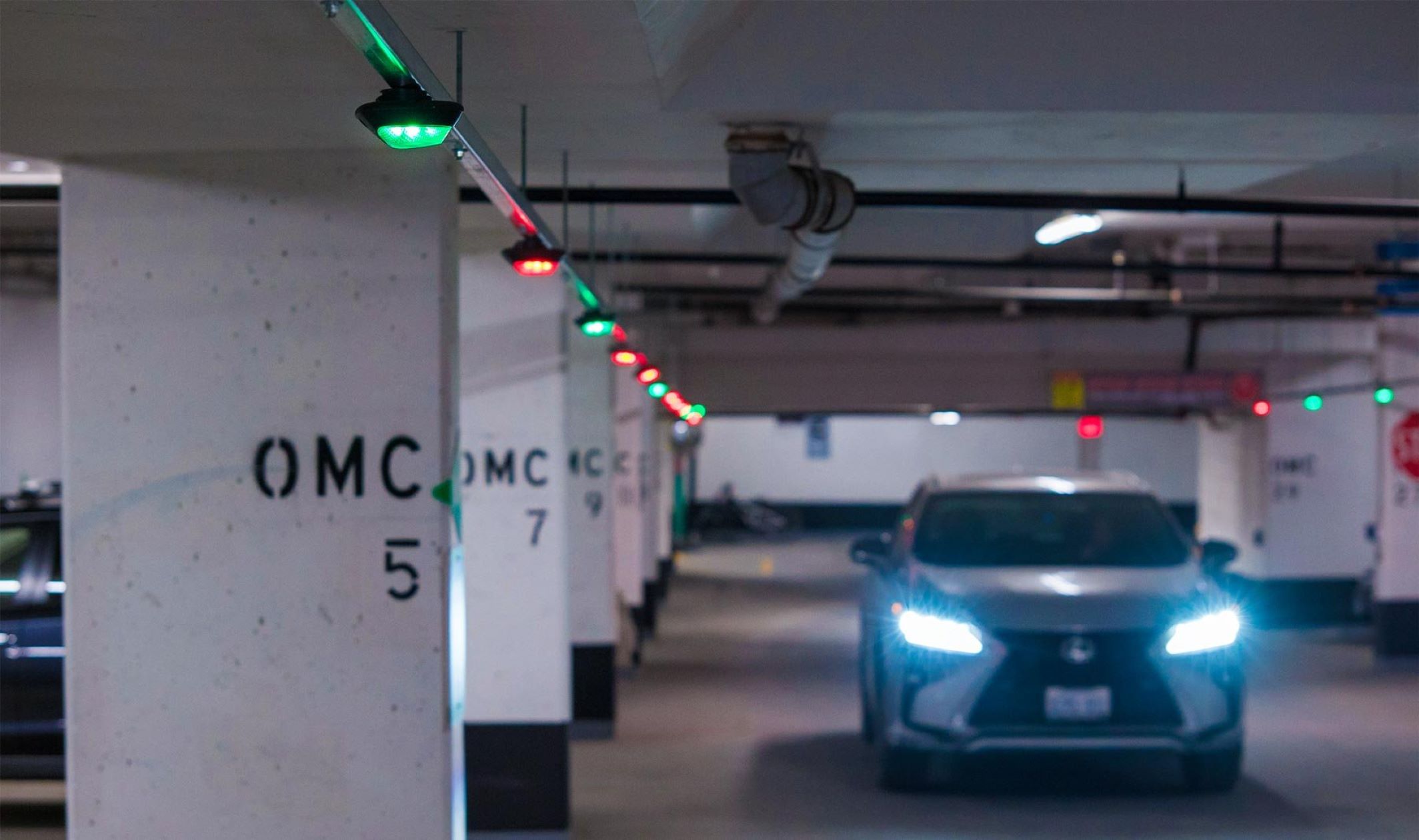

Ideas and Tips
Smart Garage Parking Sensor Setup for Precise Parking Assistance
Published: September 2, 2024
Ensure precise parking and enhance garage safety with our guide to smart garage parking sensor setup. Discover types, installation tips, and advanced features.
(Many of the links in this article redirect to a specific reviewed product. Your purchase of these products through affiliate links helps to generate commission for Storables.com, at no extra cost. Learn more)
In today's world of smart home technology, ensuring that your garage is efficiently utilized and your vehicle is parked safely is more important than ever. One of the most effective ways to achieve this is by installing a smart garage parking sensor. These sensors not only help you park your car accurately but also provide a range of additional benefits that can enhance your garage experience. In this article, we will delve into the world of smart garage parking sensors, exploring their types, installation methods, and the various features they offer.
Why Do You Need a Smart Garage Parking Sensor?
Before we dive into the specifics of setting up a smart garage parking sensor, it's essential to understand why these systems are necessary. Here are a few compelling reasons:
-
Accurate Parking: One of the primary reasons for installing a smart garage parking sensor is to ensure that your car is parked in the correct spot every time. This not only saves space but also prevents damage to your vehicle and the garage door.
-
Safety: Smart garage parking sensors can help prevent accidents by alerting you when your car is too close to the garage door or other obstacles.
-
Convenience: These systems often come with features like automatic lighting and alerts, making it easier to navigate your garage even in low-light conditions.
-
Customization: Many smart garage parking sensors are designed to be adaptable, allowing you to adjust the settings according to the size of your car and the layout of your garage.
Types of Smart Garage Parking Sensors
There are several types of smart garage parking sensors available in the market, each with its own set of features and installation requirements. Here are some of the most common types:
-
Laser-Based Sensors:
- How They Work: Laser-based sensors use a laser beam to detect the position of your car. The laser beam is adjusted to match the width of your garage door, ensuring that your car is parked perfectly.
- Installation: These sensors typically come with a mounting plate that attaches to the ceiling of your garage. The laser unit is then placed on this plate, and the beam is adjusted to cover the entire width of the garage door.
- Example: The "Laser Parker" system, as shown in a YouTube video by Smart Garage, is a popular choice for its ease of installation and accuracy.
-
Beam Sensors:
- How They Work: Beam sensors use infrared beams to detect the presence of a car. These beams are usually placed across the entrance of the garage and are triggered when a car enters or exits.
- Installation: Beam sensors can be installed by running the beams across the entrance of the garage. They often require minimal setup and can be adjusted for different car sizes.
- Example: A Reddit user described using a beam sensor running across the opening of the garage at the height of the rear bumper of the car. This setup was chosen for its simplicity and adaptability.
-
Ultrasonic Sensors:
- How They Work: Ultrasonic sensors use sound waves to detect the presence and position of a car. These sensors are often integrated with other smart home systems for enhanced functionality.
- Installation: Ultrasonic sensors typically require more complex installation compared to laser or beam sensors. They need to be placed strategically around the garage to ensure accurate detection.
- Example: An ultrasonic parking aid system features a sensor and a signaling unit, which can be integrated with home automation systems for additional features.
Step-by-Step Installation Guide
Installing a smart garage parking sensor can be a straightforward process if you follow these steps:
1. Choose Your Sensor Type
Select the type of sensor that best fits your needs. Consider factors like ease of installation, accuracy, and compatibility with other smart home devices.
2. Prepare Your Garage
Clear any obstructions from the area where you plan to install the sensor. Ensure that the ceiling is sturdy enough to support the mounting plate and any additional components.
3. Mount the Sensor
For laser-based sensors, attach the mounting plate to the ceiling of your garage. For beam sensors, place the beams across the entrance of the garage at the desired height.
4. Adjust the Sensor
Adjust the laser beam or infrared beams to cover the entire width of your garage door. For ultrasonic sensors, position them strategically around the garage to ensure accurate detection.
5. Connect Power Supply
Most smart garage parking sensors require a power supply. You can either tap into your existing garage door opener's 12V connection or use a separate 12V transformer if necessary. Some systems also offer battery backup options for added convenience.
6. Test and Adjust
Test your sensor by driving into and out of the garage several times. Adjust the settings as needed to ensure accurate detection and optimal performance.
Additional Features and Customizations
Smart garage parking sensors often come with additional features that enhance their functionality:
-
Automatic Lighting: Many systems include automatic lighting that turns on when you drive into the garage, providing better visibility in low-light conditions.
-
Alerts and Notifications: Some sensors offer alerts via smart home devices or mobile apps when your car is not parked correctly or when there is an obstruction in the garage.
-
Integration with Home Automation Systems: Smart garage parking sensors can be integrated with home automation systems like Home Assistant for more advanced automation scenarios.
-
Customizable Settings: These systems often allow you to adjust settings based on the size of your car and the layout of your garage, ensuring that they work seamlessly with your specific needs.
Maintenance and Troubleshooting
To ensure that your smart garage parking sensor continues to function optimally, regular maintenance is crucial:
-
Clean the Sensor: Regularly clean the sensor to ensure that it remains free from dust and debris that could affect its accuracy.
-
Check Power Supply: Verify that the power supply is stable and not causing any issues with the sensor's performance.
-
Adjust Settings: Periodically check and adjust the settings to ensure that they remain accurate and effective.
-
Update Firmware: If your sensor has firmware updates available, install them to ensure that you have the latest features and bug fixes.
Conclusion
Smart garage parking sensors are an excellent addition to any home, providing precise parking assistance and enhancing the overall efficiency of your garage. By choosing the right type of sensor, following a step-by-step installation guide, and customizing its settings according to your needs, you can enjoy a safer and more convenient garage experience. Whether you opt for laser-based, beam sensors, or ultrasonic sensors, these systems offer a range of benefits that make them an essential part of modern smart home technology.
In conclusion, smart garage parking sensors are not just a luxury but a necessity for anyone looking to maximize their garage space while ensuring safety and convenience. With their advanced features and customizable settings, these systems are designed to meet the unique needs of every homeowner, making them an excellent investment for anyone looking to upgrade their garage experience.
Was this page helpful?
At Storables.com, we guarantee accurate and reliable information. Our content, validated by Expert Board Contributors, is crafted following stringent Editorial Policies. We're committed to providing you with well-researched, expert-backed insights for all your informational needs.
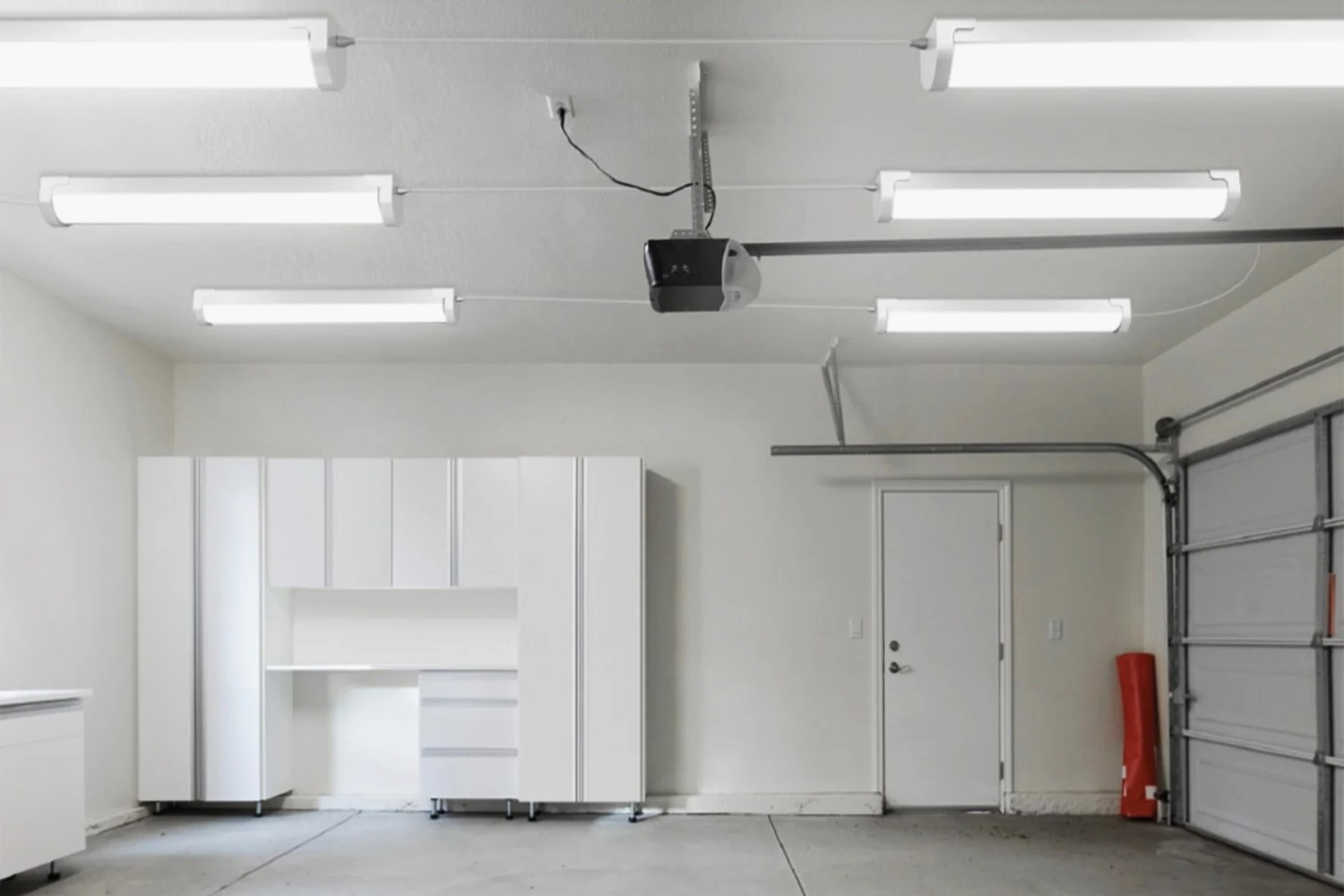
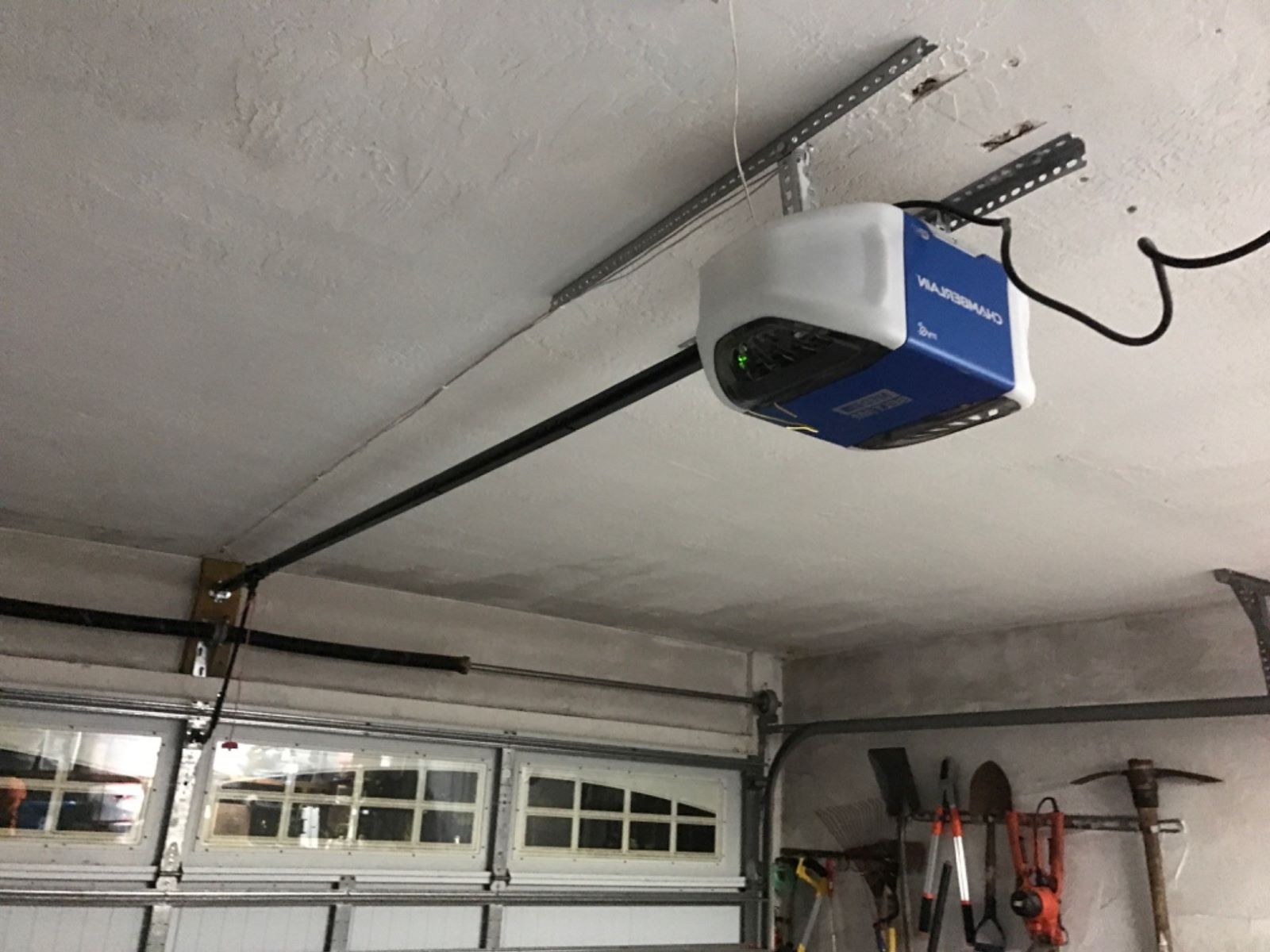
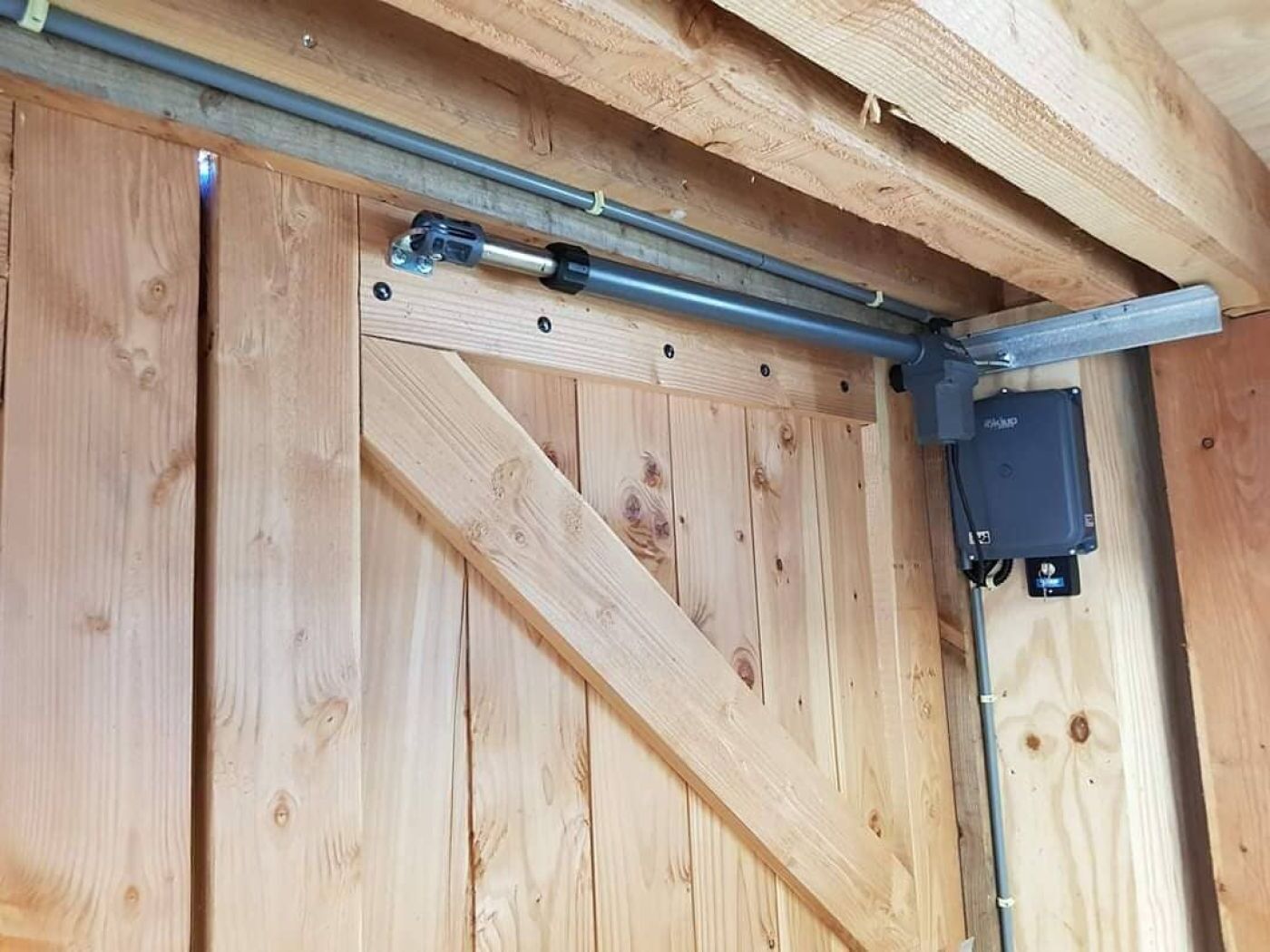
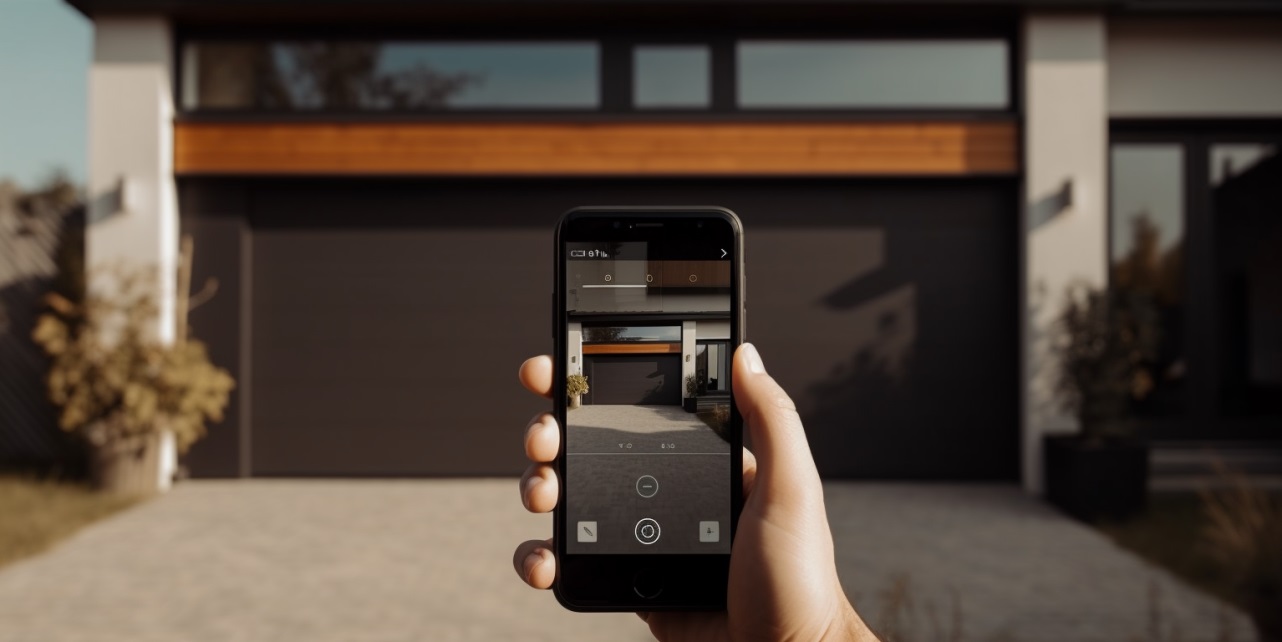
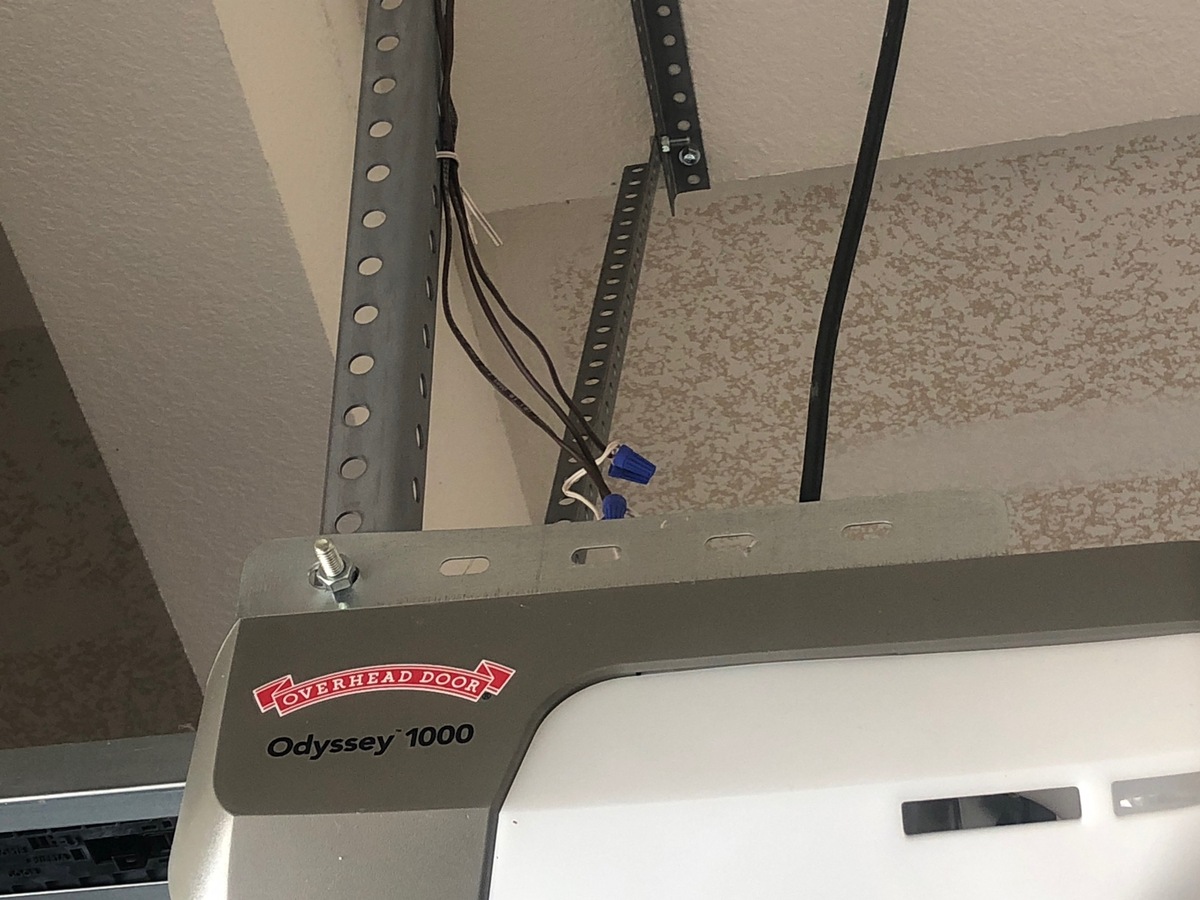

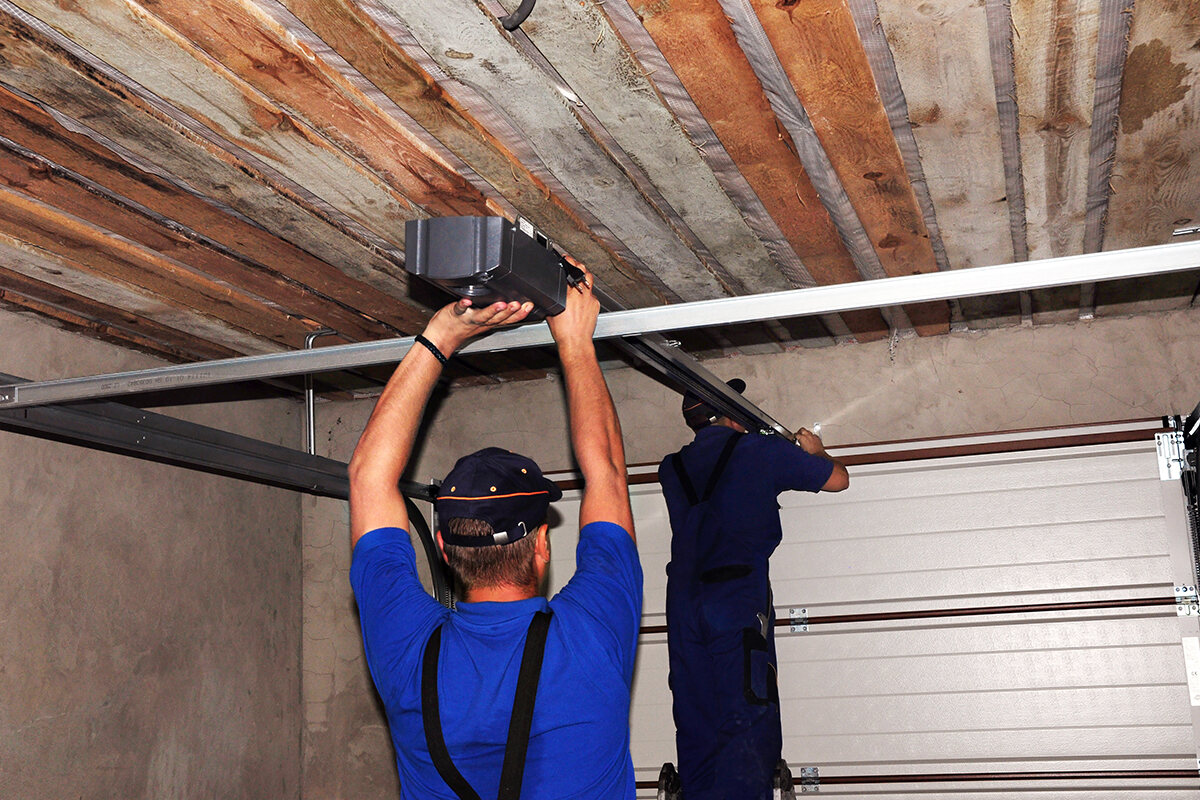
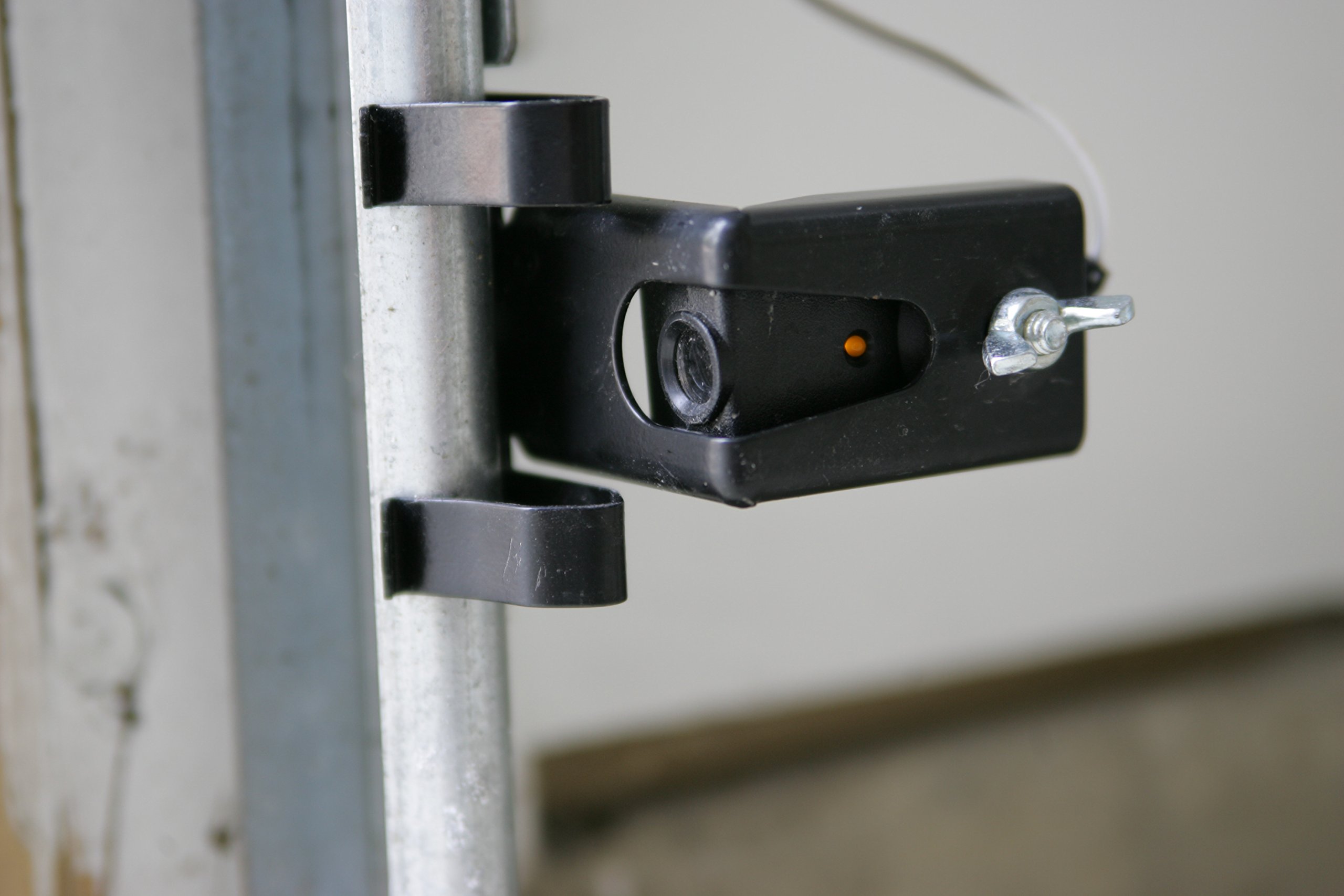
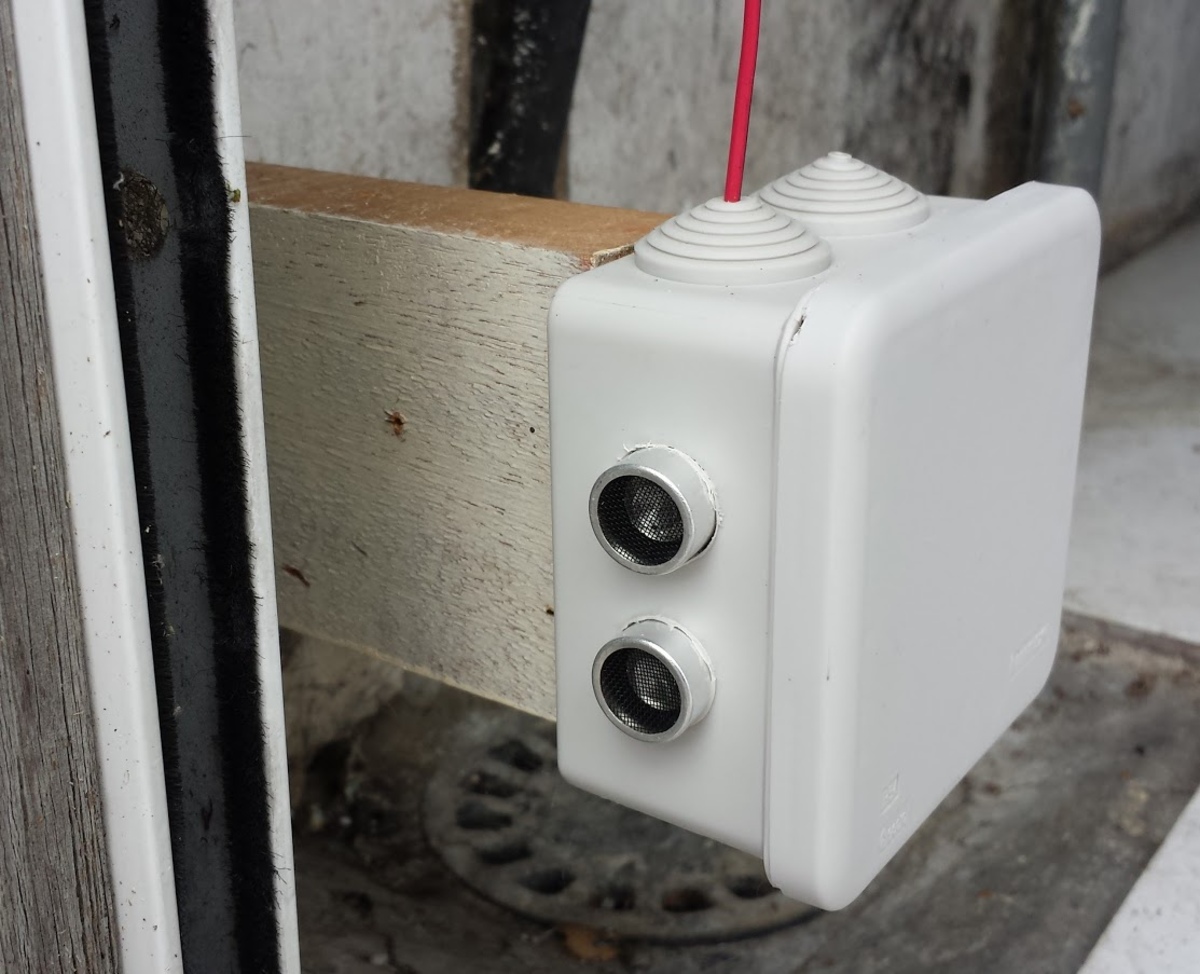
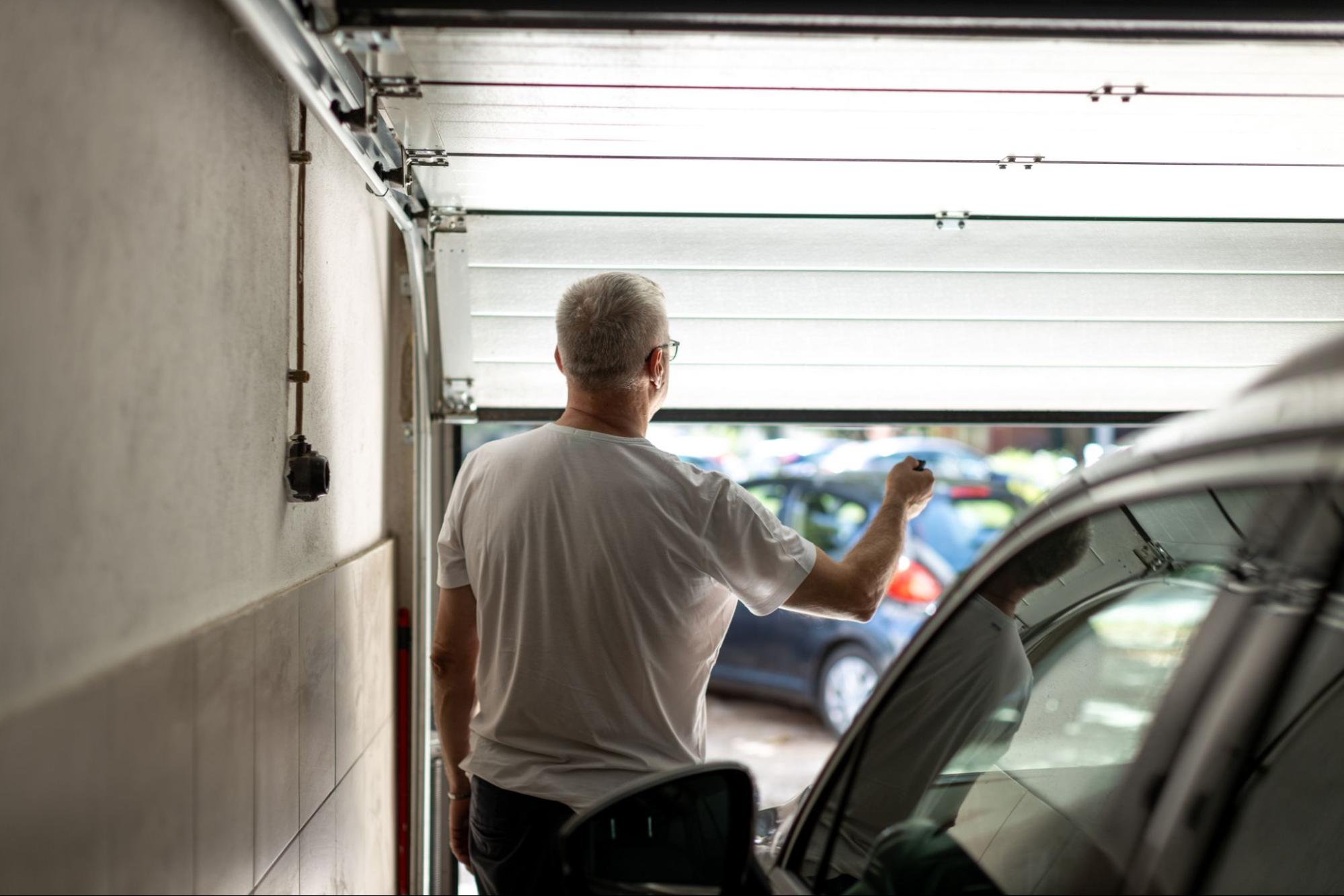
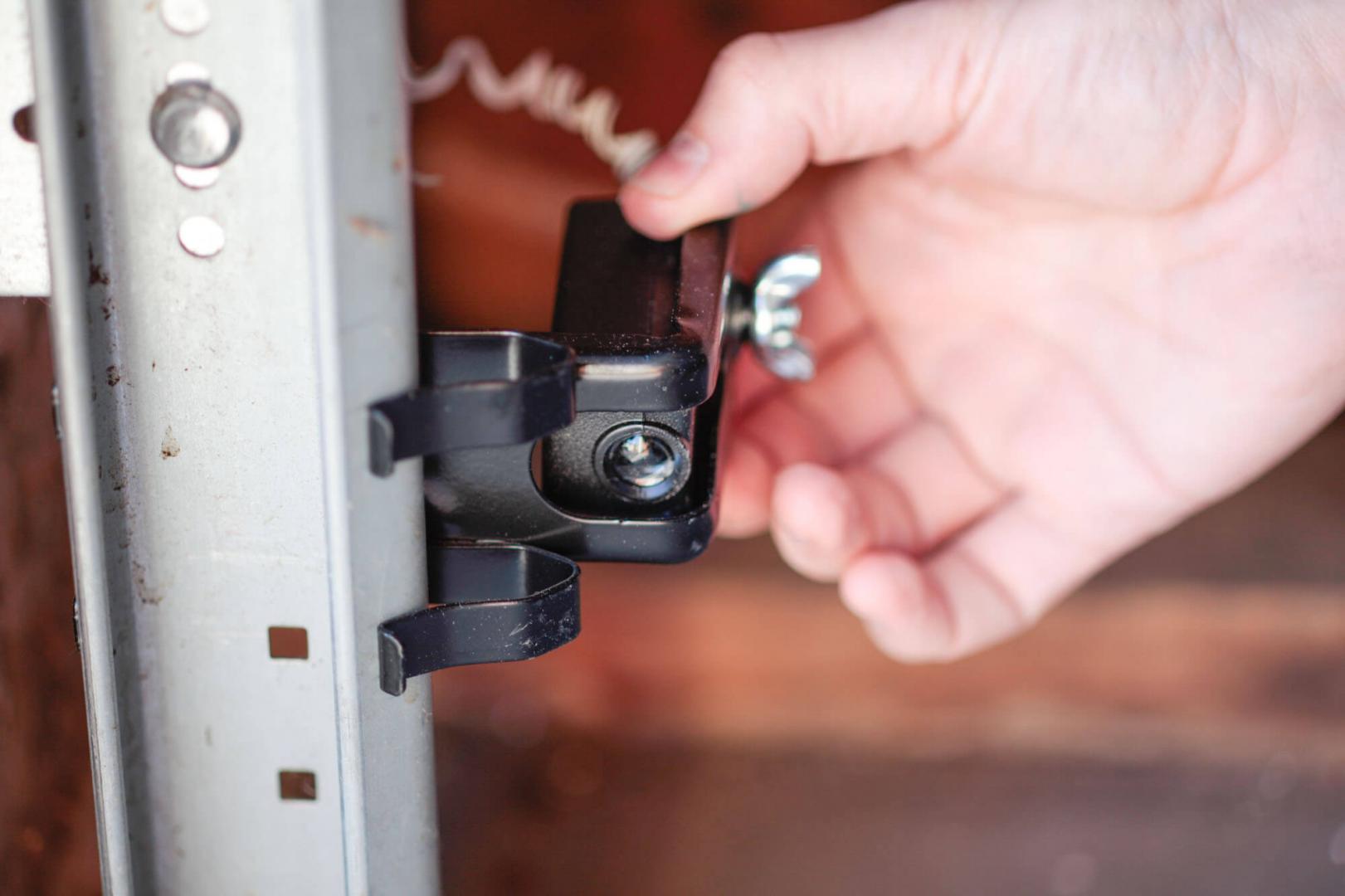


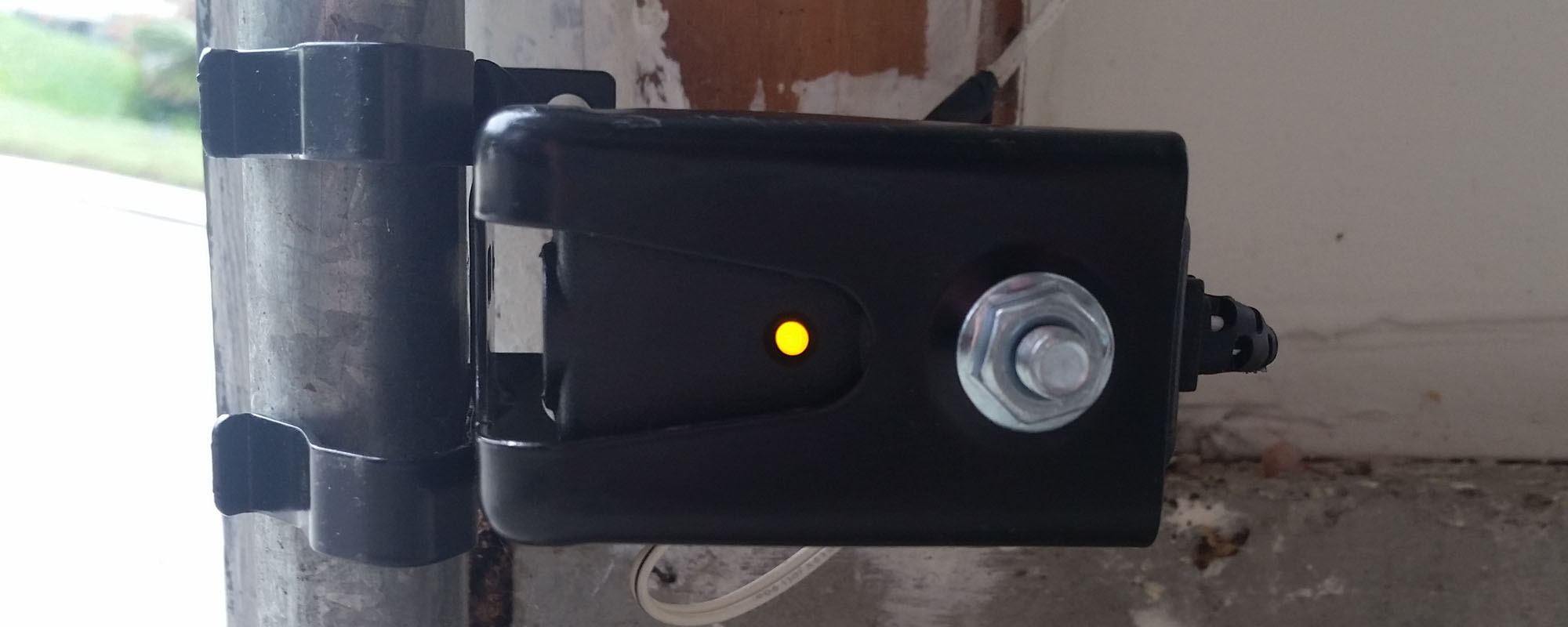

0 thoughts on “Smart Garage Parking Sensor Setup for Precise Parking Assistance”